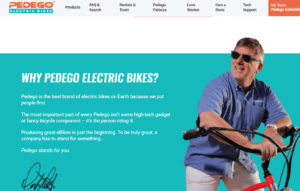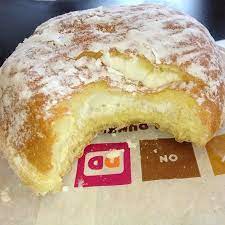Managing a Brand in A Pandemic.
Managing a brand in a pandemic starts with having a brand plan. And at the foundation of a brand plan is a brand strategy. If you don’t have a brand strategy and you are under financial duress, you are likely flailing at the software books and ledger line items, as if at black flies. Everything is important, financially, but it’s the big line items that can bring your business down.
With a brand strategy in place your business decisions are at least grounded in the things that are of value to you and of value to your customers. If the pandemic requires that you reduce operations, the brand strategy will help you decide which operations. It will help you focus. For one client it was decided to focus on one high-margin area of production, and let scores of other SKUs sit fallow. It was a bit of a re-po (re-position) but helped muster resources. This small business owner, after furloughing a number of people, scaled down and managed solvency.
Companies under duress during the pandemic need to make business-saving decisions almost hourly. And they must do so with frayed nerves. With a brand strategy to organize their efforts, decisions are based on business value and science.
Peace.










